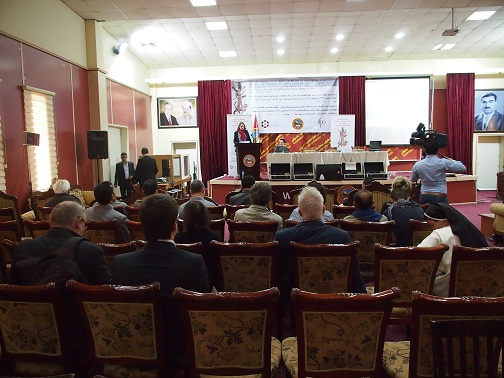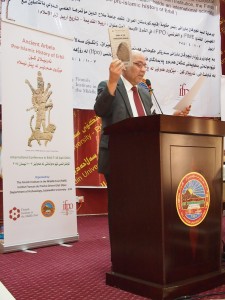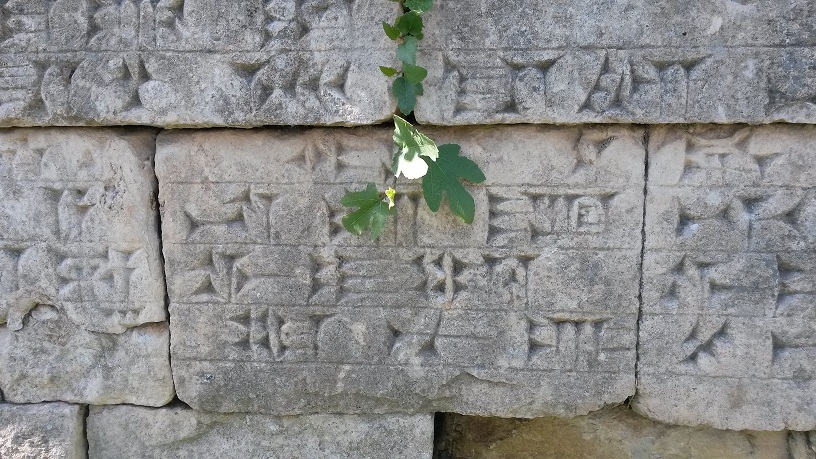by Martti Nissinen
Erbil is the capital of the autonomous region of Iraqi Kurdistan. In the sources of antiquity, it is known as Arbela or Arbail, and it was one of the principal cities of Assyria in the Neo-Assyrian period. What remains of the ancient city is now buried inside the huge citadel in the heart of the city, under the Citadel Town, dating from the 18th-20th centuries CE and currently being renovated to be a UNESCO world heritage site.

The ancient history of Erbil/Arbela was on the focus of a scholarly conference organized by the Finnish Institute in the Middle East (FIME) in collaboration with Institut français du Proche-Orient (IFPO) and the Salahaddin University of Erbil.

The conference was the first-ever held on the ancient history of the city. Arbela is the least known of the major Assyrian cities, and the city and its surroundings have only recently become the target of archaeological interest. There is a hope that excavations can take place even on the citadel, revealing some of the Assyrian structures buried in at least ten meters’ depth.
The conference turned out to be of great significance: it was reported in Science 4 April 2014 (Vol. 344 no. 6179 pp. 18-19), and the opening ceremony permeated with TV cameras and high representatives of the Kurdistan Regional Government. Receptions were hosted by the President of the Salahaddin University, Dr. Ahmad Dezaye, the Ambassador of Finland to Iraq, Mr. Kari Kahiluoto, and the French Consulate General in Erbil.

Around fifty papers were read in the conference on the archaeological projects in the Erbil region and on the history of Erbil and its surroundings from the late third millennium (Ur III period) through Neo-Assyrian times and the kingdom of Adiabene to the victory of Alexander the Great over the Persians in the nearby Gaugamela in 331 BCE. The very international group of participants came from Iraq, Egypt, France, Finland, USA, UK, Spain, Greece, Cyprus, Turkey, Italy, Germany, Poland, Austria, and Czech Republic. Papers given in Kurdish or Arabic were simultaneously interpreted into English, and those given in English into Kurdish and Arabic.

CSTT members made a strong contribution to the conference. Raija Mattila, the newly elected director of FIME, was in charge of the organization together with Dr. Jessica Giraud from IFPO. Martti Nissinen gave one of the keynote lectures on Ištar of Arbela, and Saana Svärd read a paper on the Assyrian queen’s household in Arbela. The University of Helsinki was also represented by Sanae Ito who read a paper on the mother-and-child relationship between the goddess Ištar and King Assurbanipal. The on-site FIME team consisted of Anu Leinonen, Jaakko Pylvänäinen and Manal Chatila.


